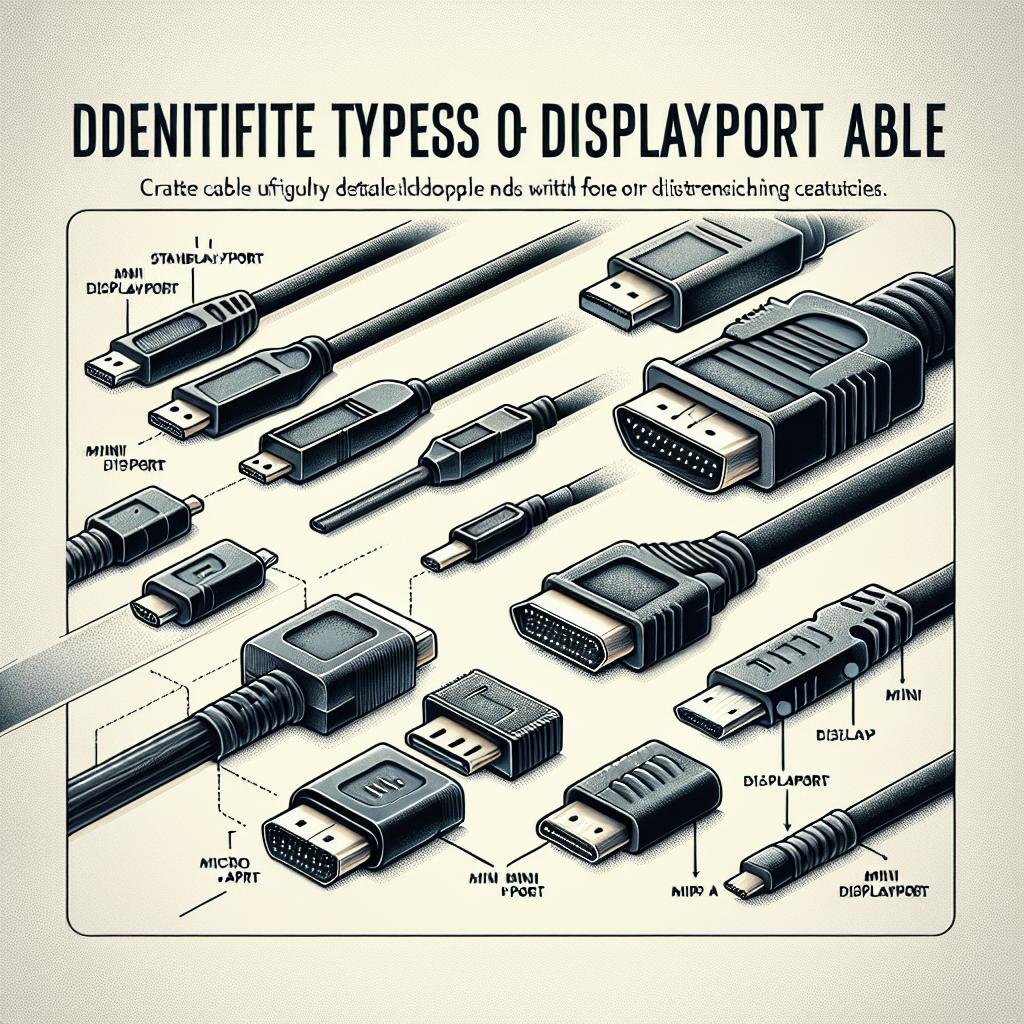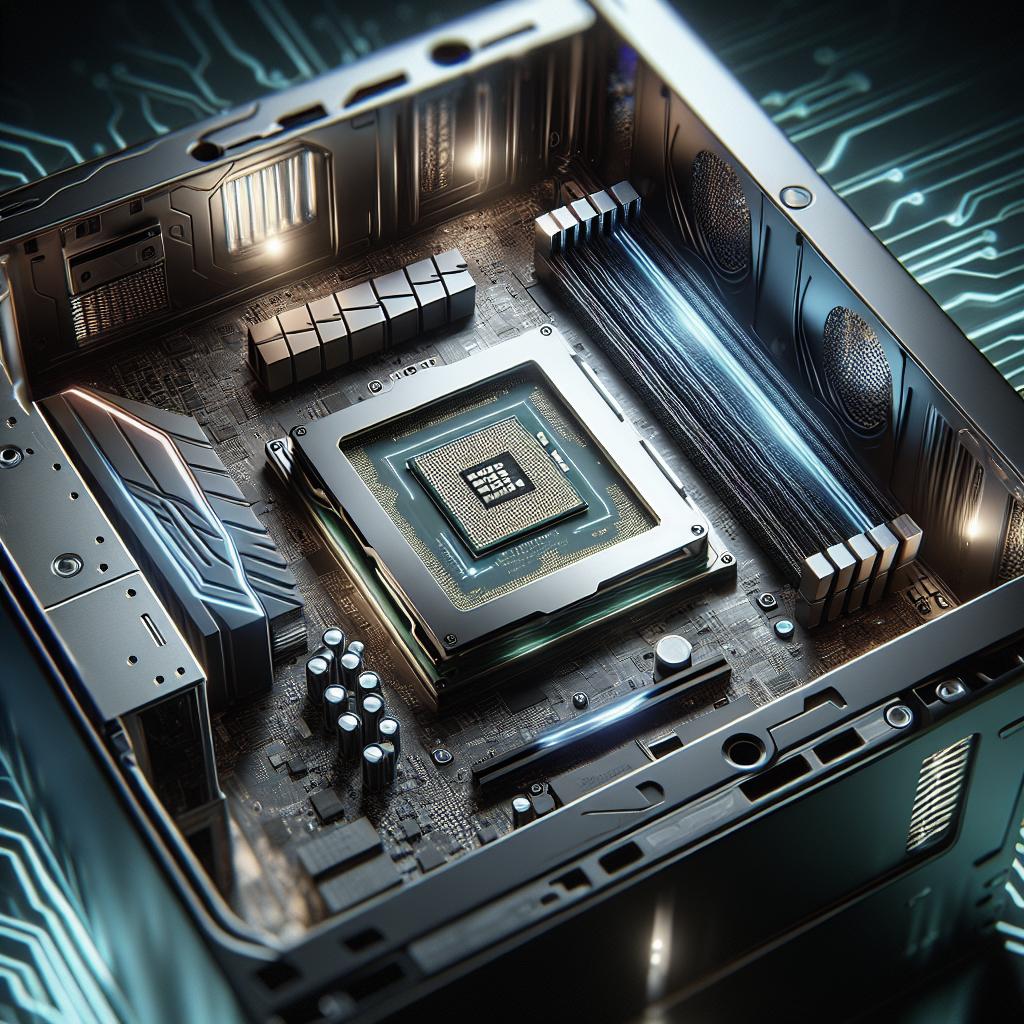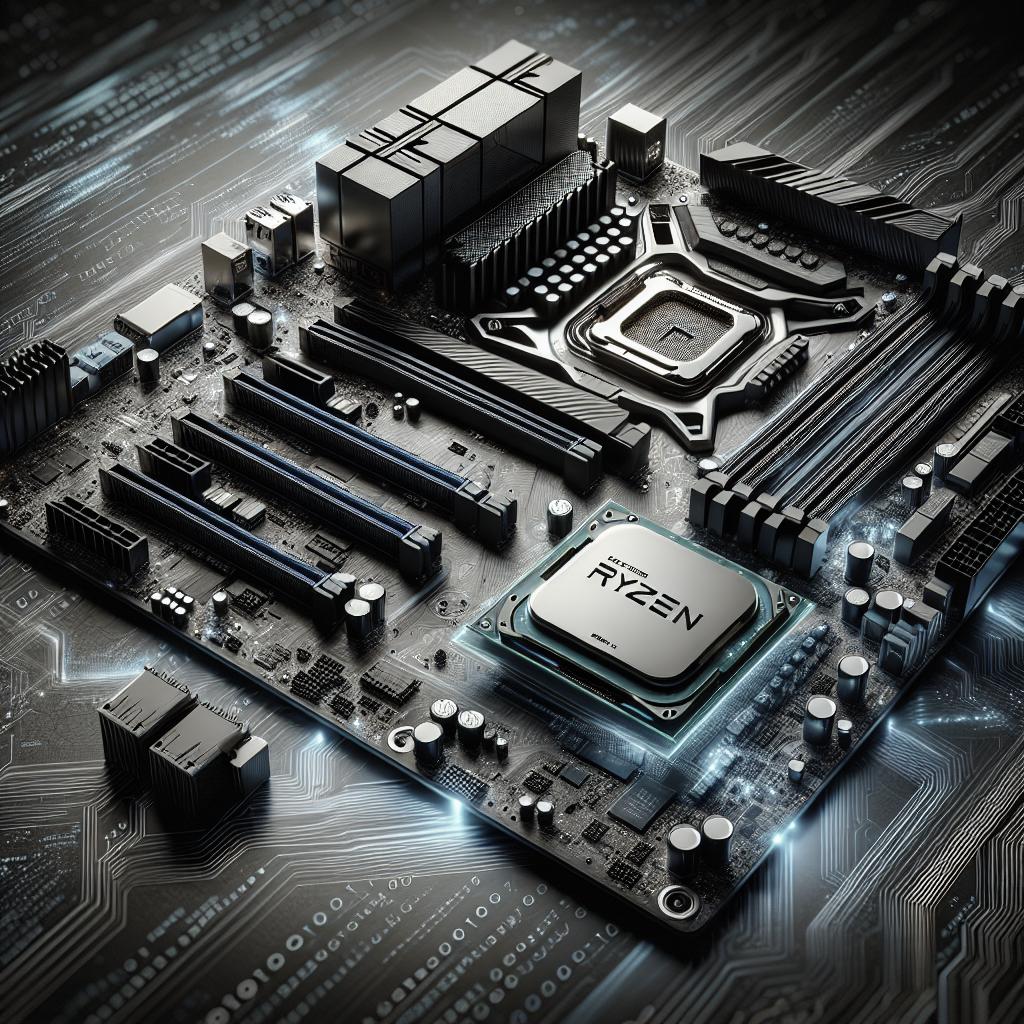“`html
Understanding DisplayPort Cables: A Comprehensive Guide
If you’ve found yourself wondering what kind of DisplayPort cable you have, you’re not alone. It’s a common question in a world where technology evolves rapidly and connectivity standards abound. This blog post will guide you through understanding different types of DisplayPort cables, their connectors, and how to ensure you’re using a certified cable for optimal performance. We’ll delve into the common variations like Standard DisplayPort and Mini DisplayPort, and explore the integration of DisplayPort technology in USB Type-C ports. By the end of this guide, you’ll have a clear picture of the DisplayPort landscape. Let’s dive in!
Standard DisplayPort Cables Support All DisplayPort Systems
The Standard DisplayPort cables are designed to be versatile and compatible across all DisplayPort systems. Whether you’re connecting a monitor, a laptop, or a complex array of displays, these cables provide the necessary bandwidth to support resolutions and refresh rates up to the latest standards. The versatility of Standard DisplayPort cables makes them a reliable choice for both personal and professional environments. They ensure that you are future-proofed for upcoming display advancements without the need for frequent cable replacements.
One of the defining features of Standard DisplayPort cables is their ability to carry both audio and video signals over a single cable, reducing clutter and enhancing ease of use. With lengths varying from short desktop connections to longer runs for more extended setups, these cables maintain performance consistency thanks to rigorous manufacturing standards imposed upon licensed products. It’s crucial to be aware of these standards when selecting a cable, as not all manufacturers adhere to them strictly, which could impact performance.
With technology continuously evolving, the DisplayPort standard undergoes revisions to enhance features like higher refresh rates and improved resolutions. Consequently, it’s vital to check that your Standard DisplayPort cable supports the version of DisplayPort technology you intend to use. Most Standard DisplayPort cables will support DisplayPort 1.2 and 1.4, but with the advent of DP 2.0, ensuring compatibility can help avoid unexpected performance issues.
Connectors
Standard DisplayPort
The Standard DisplayPort connector is easily recognizable with its 20-pin configuration and a latch mechanism to secure the connection firmly. This connector facilitates robust audio and video transmission, making it a staple in high-performance display setups. Its distinctive design ensures that it cannot be inserted incorrectly, protecting both the cable and the device’s port from damage.
This connector type supports a wide range of functionalities, including high-definition digital audio and video signals. Its adaptability means it can be used across various devices, from computers to televisions. With its reliable design, the Standard DisplayPort connector is the go-to choice for long-lasting, high-quality digital displays.
In terms of versatility and modern technology integration, the Standard DisplayPort is unparalleled. Its ability to transmit high-bandwidth signals makes it ideal for video gaming and professional video editing tasks. This ensures that users receive a seamless experience regardless of the intensity of the graphical content involved.
Mini DisplayPort
Mini DisplayPort offers a compact alternative to the Standard DisplayPort. This smaller connector makes it ideal for laptops and portable devices where space is at a premium, without compromising on performance. It offers the same robust capabilities as its larger counterpart but in a more compact form factor.
The Mini DisplayPort is an enduring part of the legacy of Apple’s early integration of the technology, and while newer alternatives like Thunderbolt have entered the scene, Mini DisplayPort continues to be widely used in devices where maintaining a small footprint is advantageous. Its ability to seamlessly interface with Mini DisplayPort and Thunderbolt inputs on monitors makes it invaluable for those who frequently shift between workstations and devices.
Despite its smaller size, the Mini DisplayPort is fully equipped to handle advanced display configurations. This is particularly valuable for professionals who work in creative industries where dual-monitor setups and high-resolution displays are standard. Understanding the nuances of Mini DisplayPort connectivity ensures that your setup is both efficient and effective, fostering a productive environment.
USB Type-C with DP Alt Mode
USB Type-C with DisplayPort Alternate Mode (DP Alt Mode) represents one of the most versatile and forward-thinking integrations in modern device connectivity. Leveraging the reversible USB Type-C connector, this setup allows for seamless transfer of both display and data signals through a single port. This is particularly advantageous for users who require minimal connectivity options on their devices, like ultrabooks and tablets.
When dealing with USB Type-C with DP Alt Mode, understanding your device’s capabilities is crucial. Not all USB Type-C ports support DP Alt Mode, so verifying the specifications is essential. This capability means that a single port is capable of charging your device, transferring data, and connecting to an external monitor, thereby simplifying and streamlining your setup considerably.
This integration not only simplifies cabling but also allows for increased functionality in compact devices. As manufacturers evolve towards reducing the number of ports in devices while increasing functionality, understanding USB Type-C with DP Alt Mode is key to ensuring a cohesive and efficient use of technology. Keeping up with such integration trends is crucial in maximizing the potential of your devices while keeping interfaces clutter-free.
Choose Certified DisplayPort Cables
Opting for certified DisplayPort cables ensures that you are getting a product that meets strict standards for quality and performance. Certified cables are tested rigorously for compliance with the DisplayPort standard and are guaranteed to deliver the highest quality audio and video signals. This is particularly important in professional environments where display fidelity cannot be compromised.
Certification guarantees that the cable maintains consistent performance, is capable of handling the bandwidth needed for high-resolution displays, and reduces the risks of interference and degradation over long cable runs. Non-certified cables may be cheaper but can lead to reduced performance, increased latency, and potential compatibility issues with newer technology versions.
When selecting a DisplayPort cable, look for the DisplayPort certification logo on the packaging, or consult with the manufacturer to confirm the cable’s certification status. Investing in a certified cable is a proactive step towards securing the longevity and dependability of your devices’ connectivity, offering peace of mind and ensuring that your display environment meets the necessary standards of performance and reliability.
Final Thoughts
Understanding the different types of DisplayPort cables and their connectors is essential in today’s tech-savvy world. This knowledge empowers you to make informed decisions about the cables you use to connect your devices, ensuring optimal performance and compatibility. As technology continues to evolve, staying informed about these standards guarantees that your devices operate efficiently and effectively. Remember, choosing the right cable not only enhances your current setup but also future-proofs your technological endeavors.
| Type | Description |
|---|---|
| Standard DisplayPort | Versatile, supports high bandwidth, audio and video signals, sturdy 20-pin connector with latch. |
| Mini DisplayPort | Compact, maintains performance, used in smaller devices, compatible with Mini DisplayPort and Thunderbolt. |
| USB Type-C with DP Alt Mode | Reversible connector, supports display and data transfer, simplifies connectivity in compact devices. |
| Certified DisplayPort Cables | Ensure quality and performance, compliant with standards, critical for professional environments. |
“`


